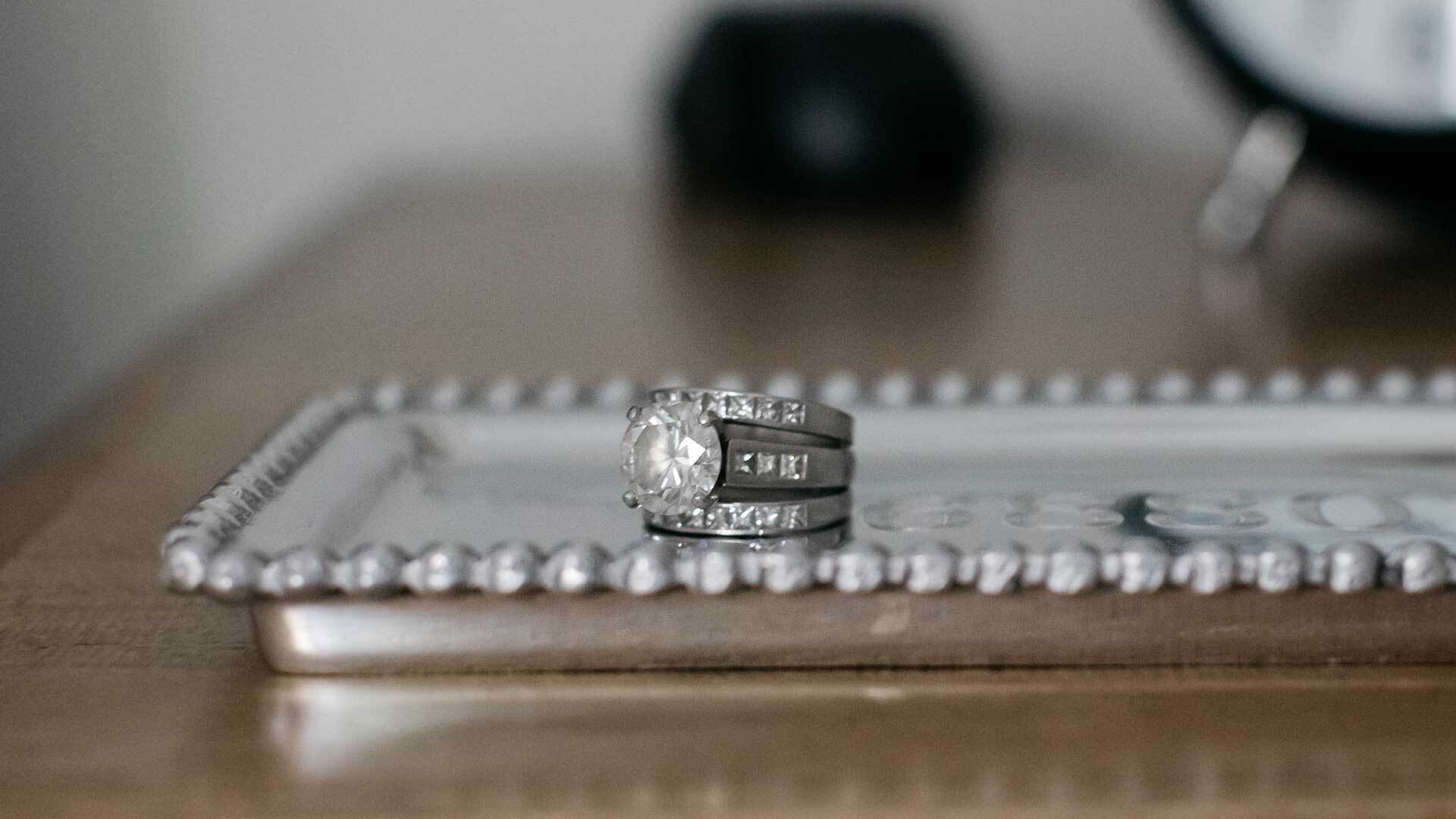Where to Put All That Gold
December 17, 2012
Wall Street Journal - 01/18/13
By Julie Steinberg
Investors who have loaded up on gold and other precious metals have more to worry about than the latest price swings: They also need to find a place to store the stuff.
Retail investors have been using gold as a hedge against volatility in the stock market or an economic downturn, says Ed Moy, chief strategist at Morgan Gold, a gold dealer in Irvine, Calif., and a former director of the U.S. Mint. Experts say the interest in gold will continue, even though gold prices have fallen from their August 2011 peak of $1,888.70 an ounce. In recent weeks, the price has stayed relatively stable in the high-$1,600 range.
Investors can purchase physical gold in the form of coins or bars, which require physical delivery and storage. They can also invest in a gold exchange-traded fund that tracks the commodity or shares of gold-mining companies. Since the financial crisis, though, investors' desire to hold hard assets like gold and silver in physical form has increased, say industry participants.
If investors are clients of a private bank, such as J.P. Morgan Private Bank, UBS Wealth Management or Credit Suisse,they can access the firm's vaults in the U.S. or abroad for an additional fee. But some bank units, such as Barclays Wealth and Investment Management and Deutsche Asset & Wealth Management's wealth business, don't offer vault services for individual investors.
Private banks with vaults often require clients to buy a minimum amount of gold to qualify for storage, typically $250,000, and charge transaction fees on purchases and annual storage and insurance fees on the amount stored.
Investors also can work through precious-metals dealers. Many offer access to vaults, for which investors pay a storage fee depending on the amount of assets. At Gold Bullion International, a precious-metals and storage provider based in New York, storage fees, which include insurance, range between 0.25% and 0.6% of the amount of metal in the account.
Investors also can buy their own insurance, says Martin Hartley, chief operating officer at PURE, an insurer based in White Plains, N.Y., that caters to high-net-worth individuals. For $1 million worth of bullion in a bank vault, an investor can expect to pay between $2,500 and $10,000 a year to insure it, he says.
More storage units are opening up as investors buy gold. Anticipating a rise in investor interest, J.P. Morgan in 2010 reopened a precious-metals vault in Lower Manhattan and opened a vault in Singapore. In 2011 and 2012, the firm expanded its vault space in Manhattan by thousands of square feet.
The last half of 2011 was exceptionally active for U.S. investors after Standard & Poor's downgraded U.S. credit in August, which prompted many people to load up on gold, says Randy Wostratzky, a director at Spectrem Group, a market research firm specializing in wealth and retirement.
More recently, metals dealers and vault operators say the boom in gold interest surged after the November election, when a standoff loomed between President Barack Obama and Congress over the "fiscal cliff" and the expiring debt ceiling, and amid investor fears about the growing national debt and low interest rates.
"The inflows were substantial following Election Day," says Steven Feldman, chief executive at Gold Bullion International.
December revenues at Neptune Global Holdings, a precious-metals research-and-trading firm in Wilmington, Del., were twice that of the previous best month in September 2009, due to rising investor interest, says Christopher Blasi, the firm's chief executive officer. Average transaction size—how much gold people are buying and selling—has tripled since three years ago.
Global demand for gold in the third quarter of 2012, the most recent data available, was worth $57.6 billion, up 13% from the previous quarter, though 14% below the same quarter a year earlier, according to the World Gold Council.
Some larger investors might choose to diversify their gold portfolio by storing some bars or coins abroad in London or Zurich, says Anthem Blanchard, chief executive officer of Blanchard Vault, a precious-metals dealer in Las Vegas. Those cities have historically been big centers for gold trading and storage.
Mr. Blasi says it is best to have at least $1 million in precious metals before selecting a vault abroad in Switzerland or Singapore. Smaller investors should store them locally, he says, in order to avoid tax-reporting requirements from holding assets offshore. If you want to retrieve your gold from overseas, you would have to sell it there or pay insured shipping costs to bring it home, which could be significant, he says.
Other investors choose to keep their assets at their home, despite the risks of theft, because they want to be able to access it quickly or distrust entities like banks. Mr. Hartley of PURE says his firm has recently increased the amount of coverage for cash and gold stored together in homes to $10,000 from $2,500 due to client demand.
Such investors should forget the safe hidden behind a painting. Instead, they should invest in an inconspicuous, sunken-floor safe that both hides it and makes it difficult to remove, says Derek Tharp, a fee-only wealth manager in Cedar Rapids, Iowa, who has advised his clients on the best ways to store their gold.
For the truly paranoid, there always is the bury-it-in-the-backyard option. The downside? If you aren't able to get it yourself, says Mr. Tharp, "It could be challenging for someone other than you to know exactly where to dig."





